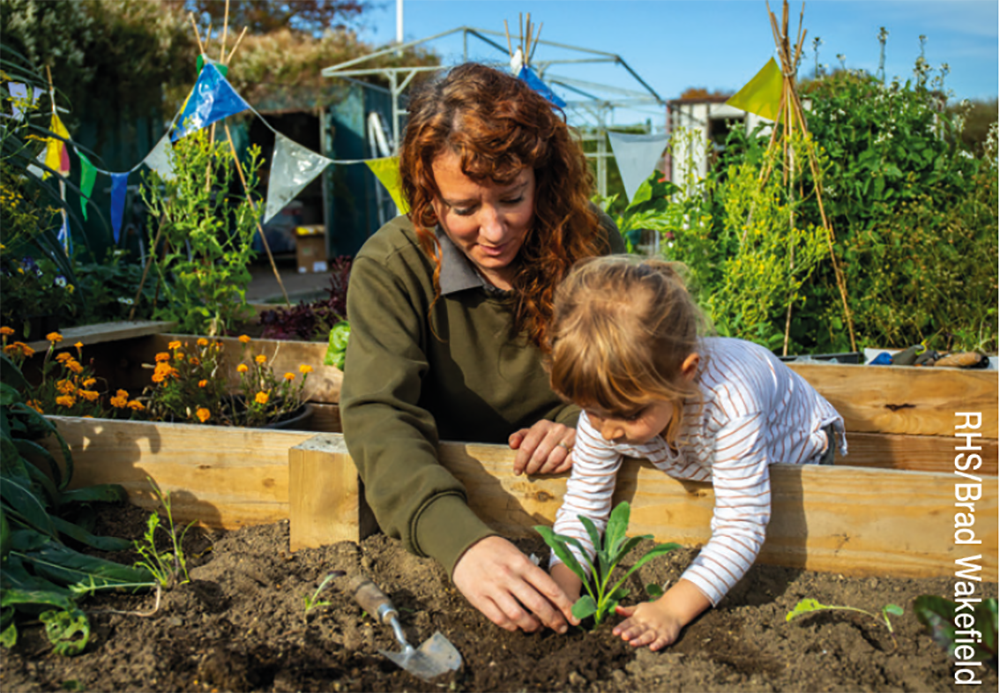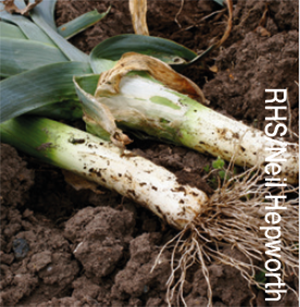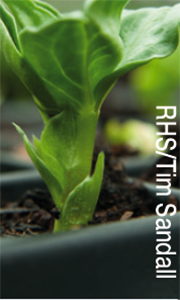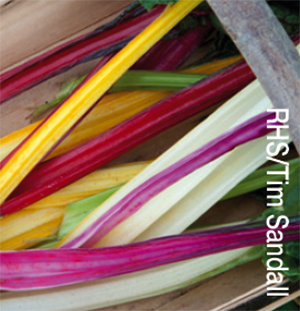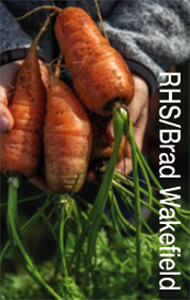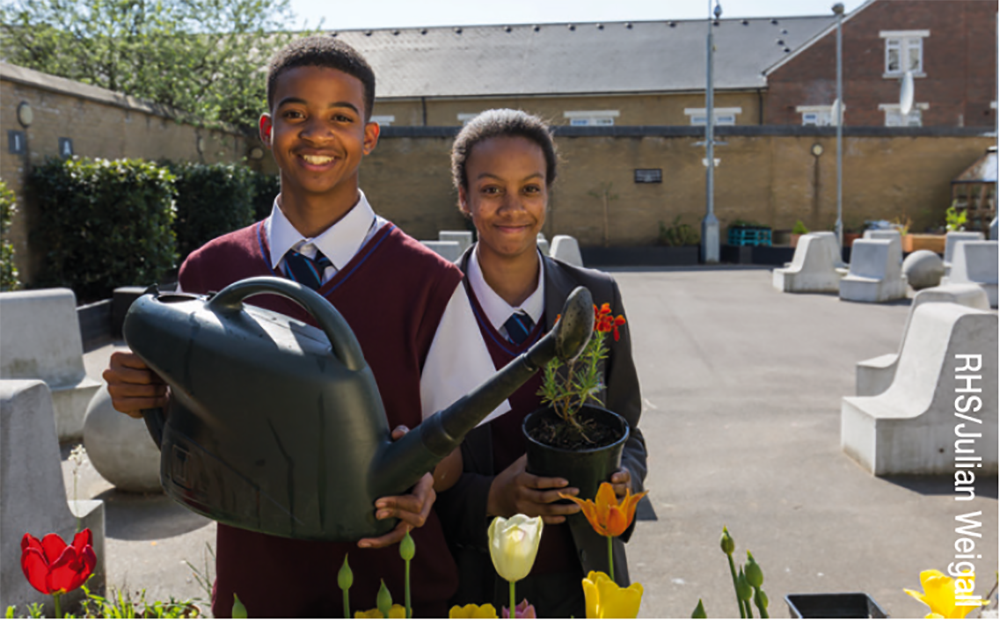Throughout the year, the RHS Campaign for School Gardening run competitions and projects designed to get young people growing. Whether it’s their secondary school garden design challenge, a giant pumpkin competition or a nationwide soup share, they provide resources to open children’s minds to the power of plants and enable them to make positive changes for themselves, the people around them and the planet.
Month by Month guide to an edible school garden
Use this simple guide to plan what to do in the spring term.
January
Sow/plant: Mustard, cress, parsley (indoors)
Harvest: Leeks, lettuce
Other jobs: Prepare soil outdoors and add compost if weather is favourable. Keep over-wintering crops protected from frost. Cut autumn raspberry canes to the ground. Choose crops for the year ahead and order seeds.
February
Sow/plant: Broad beans, peas, radish. Chit potatoes
Harvest: Leeks, lettuce
Other jobs: Prepare soil outdoors and add compost if weather is favourable. Use fleece or plastic to warm soil ahead of sowing seeds. Cut autumn raspberry canes to the ground. Plant bare-rooted fruit trees and bushes.
March
Sow/plant: Garlic and onions, broad beans, leeks, peas, radish, spinach, lettuce, carrots, potatoes, tomatoes
Harvest: Salads (if protected), leeks, chard
Other jobs: If conditions allow, dig in compost (if added previously).
April
Sow/plant: Peas, radish, spinach, chard, lettuce, other salads, carrots, main-crop potatoes, leeks, pumpkins, squash, tomatoes, French beans
Harvest: Salad, spinach, leeks
Other jobs: Prepare seed beds for sowing. Mulch around plants with compost. Put in supports for climbing beans and peas. Grow carrots under fleece to protect from carrot fly.
View the school garden resources and equipment range here
Visit the RHS website to find out lots of growing tips, activity ideas, lesson plans and how to achieve school gardening awards.



